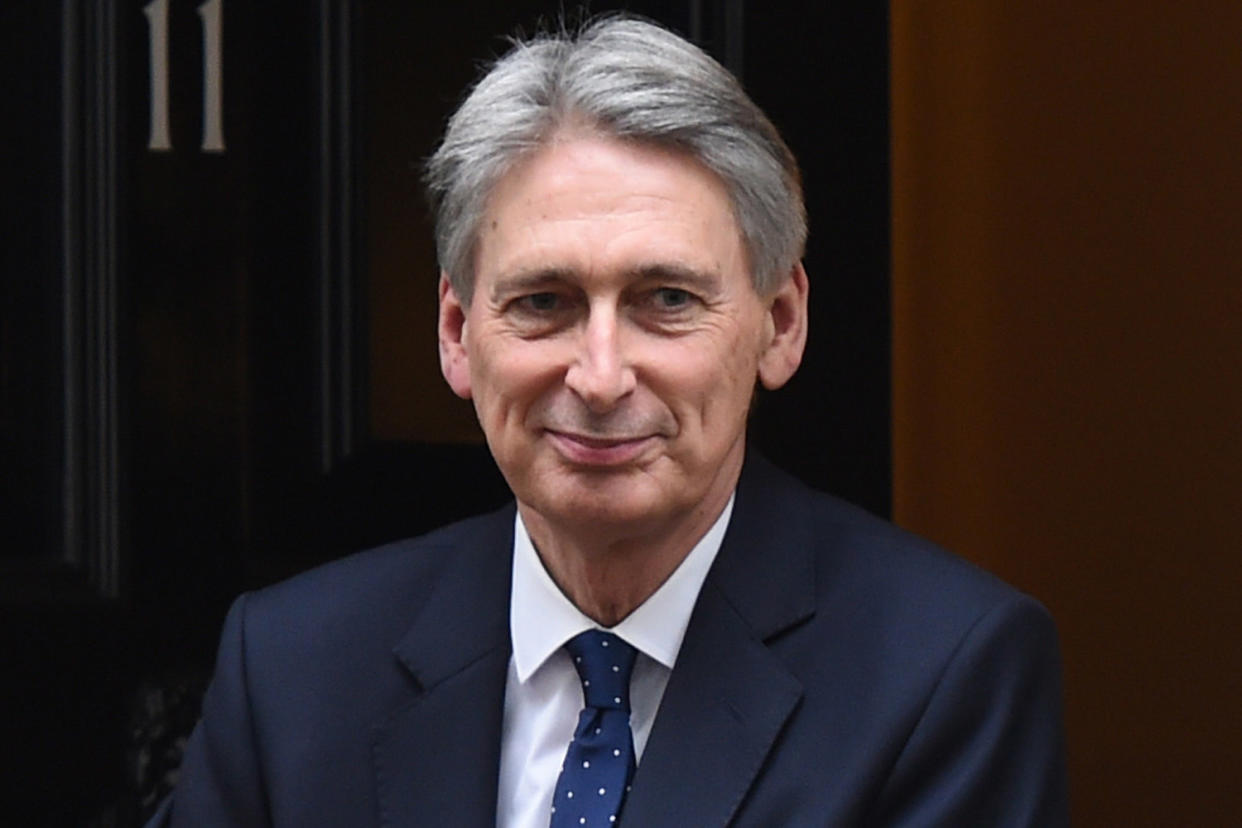Tax windfall lifts Treasury to best January in 17 years

The biggest surplus for 17 years streamed into the Treasury’s coffers last month in a pre-Budget fillip for Chancellor Philip Hammond, official figures showed today.
The £9.4 billion surplus in January — always a strong month for the public finances because of self-assessment returns — is the biggest since 2000.
It puts borrowing for the 10 months of the financial year so far at £49.3 billion, a whopping 22% below the same period last year.
Although the Office for Budget Responsibility has warned over the long-term impact of Brexit — predicting an extra £60 billion on the deficit last November — the figures mean that Hammond should be spared the embarrassment of missing the watchdog’s deficit forecast in his looming Budget on March 8.
The OBR has pencilled in borrowing of £68.2 billion for the year to March, which the Chancellor should easily undershoot.
Despite government spending up 5% on last year, the figures gained a one-off boost as firms rushed to beat a rise in dividend tax introduced last April by paying themselves cash in advance.
That tax became due this January, helping generate £2 billion extra in self-assessed income tax and capital gains tax.
The £19.8 billion total generated in self-assessment tax returns is biggest since the Office for National Statistics began collecting monthly figures in 1999.
Capital Economics economist Scott Bowman — who predicted an even bigger surplus — said: “Looking through some of the monthly volatility, receipts growth has been fairly steady since June – adding to the evidence that the economy has held up well after the vote to leave the EU.”
The ONS also registered £1.8 billion in sales of its stake in Lloyds Bank over the past three months, bringing the Government’s disposal proceeds to £18 billion since September 2013 when the sell-off began.

 Yahoo News
Yahoo News 
